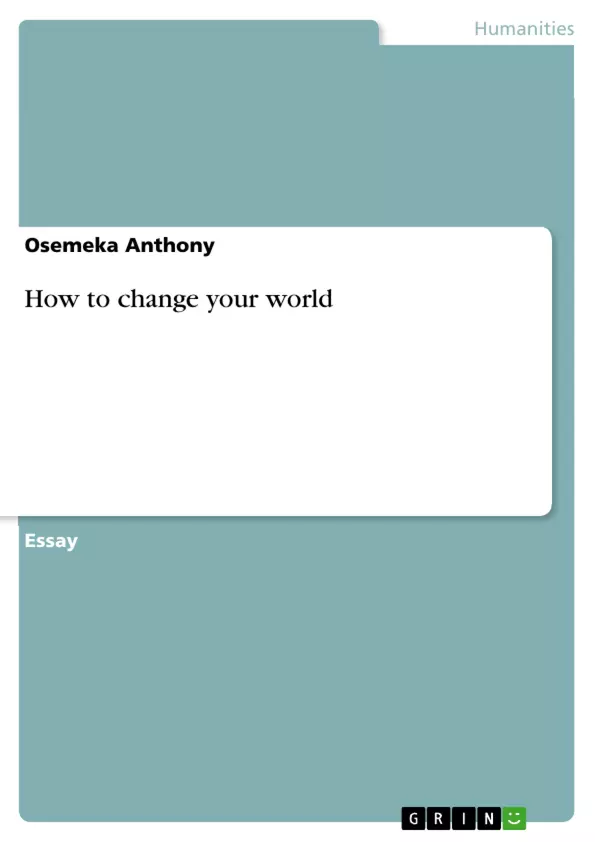What business entrepreneurs are to the economy, social entrepreneurs are to social change. They are the driven, creative individuals who question the status quo, exploit new opportunities, refuse to give up–and remake the world for the better. David Bornstein tells the awesome stories of these remarkable individuals of which many are in the United States, others in countries from Brazil to Hungary, providing an In Search of Excellence for the social sector. In America, one man, J.B. Schramm, has helped thousands of low-income high school students get into college. In South Africa, one woman, Veronica Khosa, developed a home-based care model for AIDS patients that changed government health policy. In Brazil, Fabio Rosa helped bring electricity to hundreds of thousands of remote rural residents. Another American, James Grant, is credited with saving 25 million lives by leading and “marketing” a global campaign for immunization. Yet another, Bill Drayton, created a pioneering foundation, Ashoka, that has funded and supported these social entrepreneurs and over a thousand like them, leveraging the power of their ideas across the globe. These extraordinary stories highlight a massive transformation that is going largely unreported by the media, around the world. The fastest-growing segment of society is the nonprofit sector, as millions of ordinary people,social entrepreneurs are increasingly stepping in to solve the problems where governments and bureaucracies have failed. How to Change the World shows, as its title suggests, that with determination and innovation, even a single person can make a surprising difference. For anyone seeking to make a positive mark on the world, this will be both an inspiring and an invaluable book. It will change the way you see the world.
Inhaltsverzeichnis (Table of Contents)
- Introduction
- Social Entreprenueurs
- Historical examples of leading social entrepreneurs
Zielsetzung und Themenschwerpunkte (Objectives and Key Themes)
This book explores the transformative power of social entrepreneurship, highlighting how individuals can challenge the status quo, create innovative solutions, and ultimately improve the lives of others. It delves into the work of various social entrepreneurs from around the world, showcasing their unique contributions to societal progress.
- The role of social entrepreneurs in driving social change and addressing critical global issues.
- The innovative approaches and impactful initiatives employed by social entrepreneurs.
- The potential of social entrepreneurship to address systemic inequalities and empower marginalized communities.
- The importance of recognizing and supporting social entrepreneurs in their efforts to create a more just and equitable world.
Zusammenfassung der Kapitel (Chapter Summaries)
- Introduction: This chapter introduces the concept of social entrepreneurship and positions it as a key driver of social change. It highlights the transformative impact of social entrepreneurs and their role in tackling global challenges.
- Social Entreprenueurs: This chapter delves deeper into the concept of social entrepreneurship, distinguishing it from traditional business entrepreneurship. It explores the motivations, methods, and impact of social entrepreneurs, emphasizing their focus on systemic change and empowering marginalized communities. The chapter features examples like Muhammad Yunus, founder of Grameen Bank, and Bunker Roy, founder of the Barefoot College.
- Historical examples of leading social entrepreneurs: This chapter provides a historical overview of social entrepreneurs who have made significant contributions to society. It highlights figures such as Susan B. Anthony, Vinoba Bhave, and Maria Montessori, showcasing their impact on various social movements and fields.
Schlüsselwörter (Keywords)
Social entrepreneurship, social change, innovation, impact, systemic change, marginalized communities, empowerment, social capital, humanitarian organizations, global challenges, transformative leadership, grassroots movements.
- Citar trabajo
- Dr. Osemeka Anthony (Autor), 2009, How to change your world, Múnich, GRIN Verlag, https://www.grin.com/document/158333



